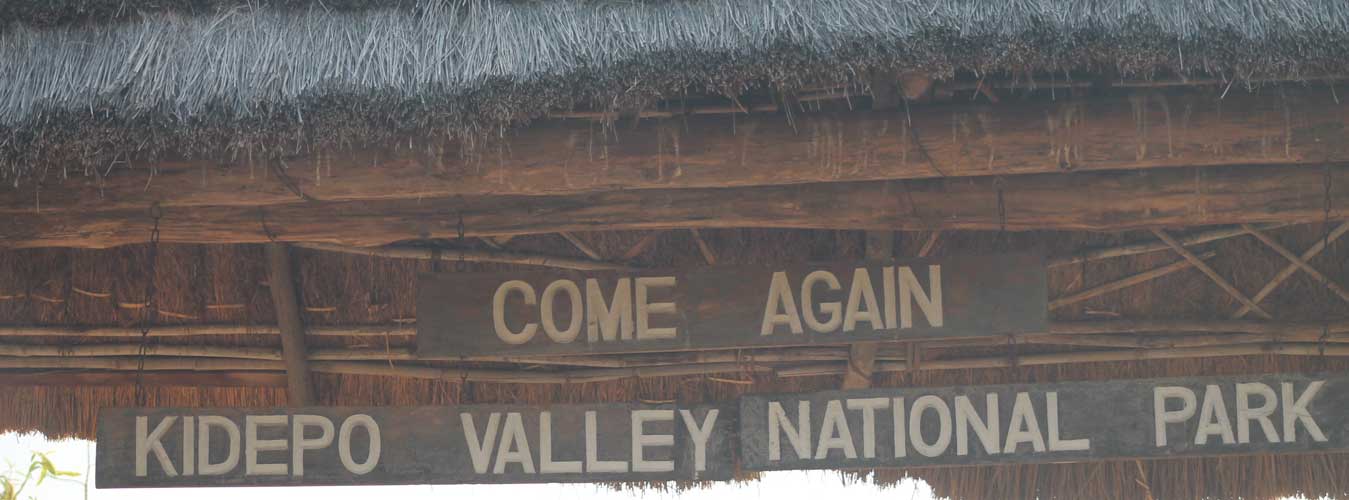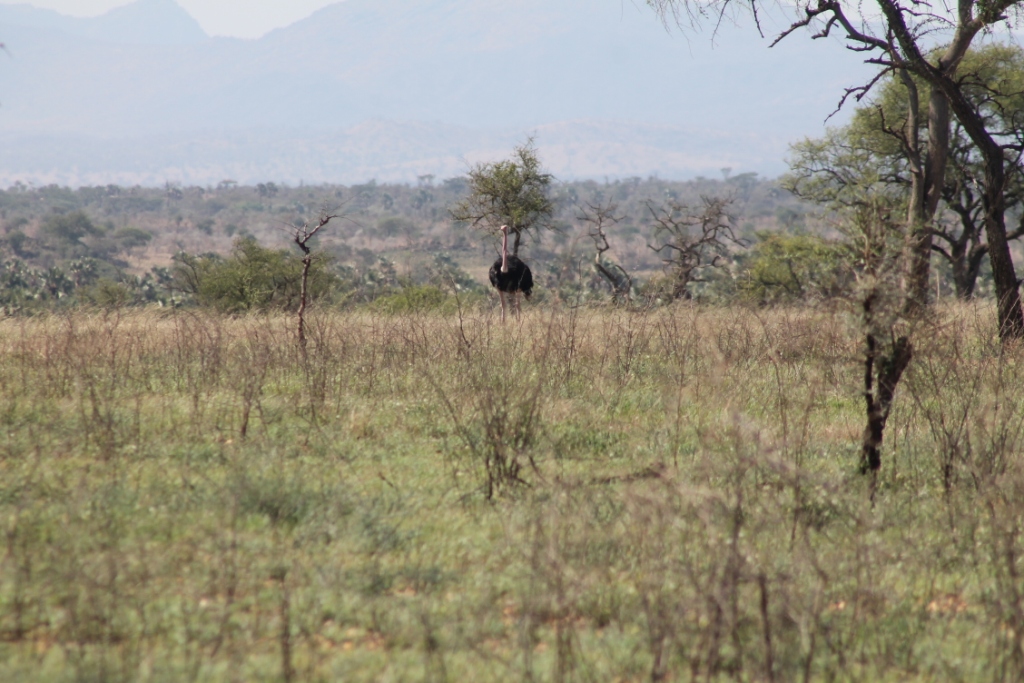All you need to know about Kidepo Valley National Park, If you have not yet been here, then you have not yet encountered African true wilderness, uninterrupted and still intact in its natural state. Kidepo National Park, Uganda (CNN) — There’s a reason Uganda is known as the Pearl of Africa. It’s been a top tourist destination for a few years now because of its stunning scenery and wildlife. For guests seeking for wildlife safaris in Kidepo, this is the opportunity to feel and experience the wildness of Africa.
Book Now
One of its best treasures, however, remains hidden.
“Kidepo” means “to pick from below” and this valley was frequented by people traveling to collect fallen borassus fruits to use for fermenting when making palm beer.

Off the beaten track, Kidepo Valley National Park is nestled among the rugged hills and valleys of northern Uganda. It’s a place so hidden away its beauty has mostly gone unnoticed — until now.

Nestled in the wild frontier region, lying in the rugged, semi-arid valleys of Karamoja province on the far northern border with the Sudan and Uganda, Kidepo Valley National Park is apparently the most isolated national park in Uganda but still stands out to be one of the best virgin places every wildlife viewer can ever visit in Uganda. The park is approximately 220 kilometres (140 mi), by road northwest of Moroto, the largest town in the sub-region. It is approximately 520 kilometres (320 mi), by road, northeast of Kampala, Uganda’s capital and largest city. From Apoka, in the heart of the park, a Savannah landscape extends far beyond the gazetted area, towards horizons outlined by distant mountain ranges. Most of the park is open tree Savannah. Because of differences in rainfall — with annual averages of 89 centimetres (35 in) in Narus and 64 centimetres (25 in) in the Kidepo basin — vegetation and animal populations vary between the two valleys
Kidepo Valley National Park is a 1,442 square kilometres (557 sq mi) national park in the Karamoja region in northeast Uganda. Kidepo is rugged Savannah, dominated by the 2,750 metres (9,020 ft) Mount Morungole and transected by the Kidepo and Narus rivers
The 540-square-mile park contains diverse landscape, from lush mountain ranges to vast plains, and is home to almost 500 bird species and 77 different mammals. Roam the Savannah, and you’d likely see an impressive collection of fauna including ostriches, hartebeest and giraffes. During the dry season, the only permanent water in the park is found in wetlands and remnant pools in the broad Narus Valley near Apoka. These seasonal oases, combined with the open, Savannah terrain, make the Narus Valley the park’s prime game viewing location.
You can as well experience a magical touch with the communities’ around the park. The nearby local communities possess teams of cultural entertainers that are normally accessible to offer performances on request. These performers have a wide range of traditional dances as well as songs for example the Emuya of the Nyangia as well as the Naporre ethnic groups along with Larakaraka plus Apiti dances performed by the native Acholi people. Quite a good number of ethnic groups do exist to mention but a few.
Book Now
History About Kidepo National Park
Dodoth pastoralists and Ik farmers lived in the area before it was gazetted as a game reserve by the British colonial government in 1958 as t used to be a communal land for keeping cattle and a hunting ground under the management of chiefs and the community could not hunt or kill any enable animal or young ones. The purpose was both to protect the animals from hunting and to prevent further clearing of bush for tsetse fly-control. The eviction of the resident people and the resultant famine due to the fact they used to depend on the animal meat as sauce of main food for their homesteads, especially among the Ik, is cited in contemporary protected area management as an example of the unacceptable consequences of not taking community needs into account when designating reserves.
The newly independent government of Uganda under Milton Obote converted the reserve into the Kidepo Valley National Park in 1962. The first chief warden of the park was Ian Ross, a Briton. In 1972, Paul Ssali, a Ugandan, replaced him. Their handover and training was the subject of the 1974 American documentary film, “The Wild and the Brave.”
Uganda is blessed with other spectacular destinations including Semuliki National Park famous for Hot spring and the great Shoebill stork bird. Mgahinga National Park is also a great place to visit far southwest of Uganda, which is a second home to the mountain gorillas in Uganda and the golden Monkeys
For those tourists that wish to cross to Rwanda from Mgahinga, this is so close for a chance to explore Volcanoes National Park well known for Gorilla treks in Rwanda and a hike to Bisoke Mountain. Other tourists find it worth to visit Akagera National Park a wildlife park in Rwanda that is famous for the Big Five and a boat safari on Lake Ihema
